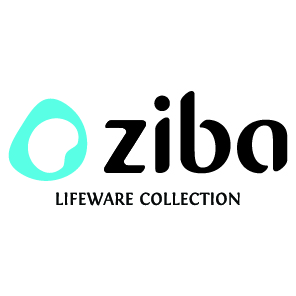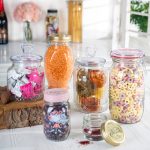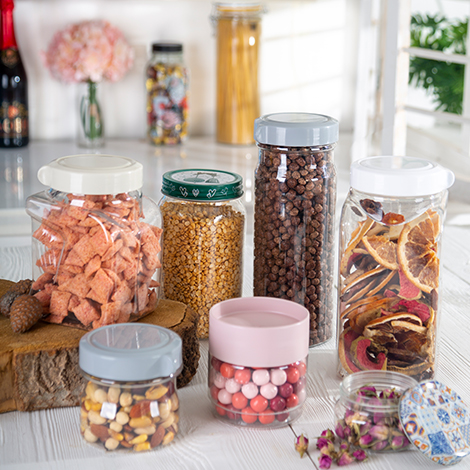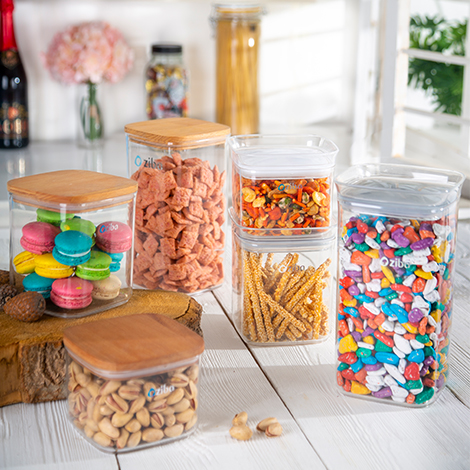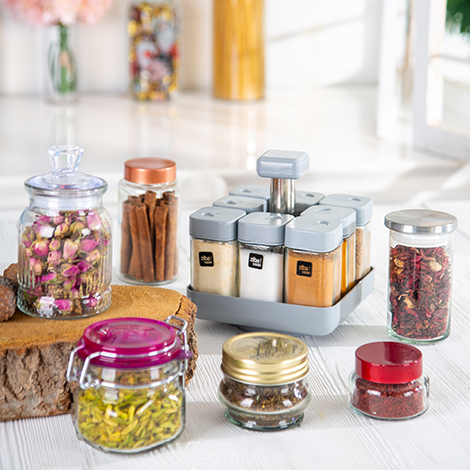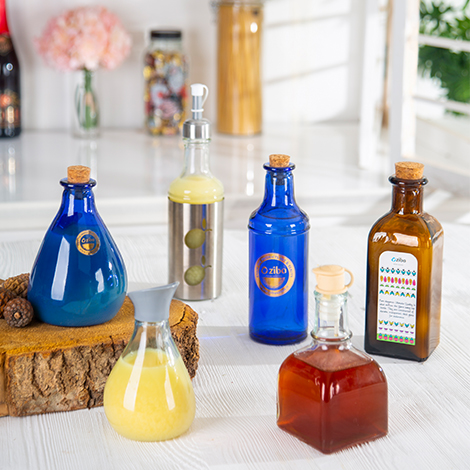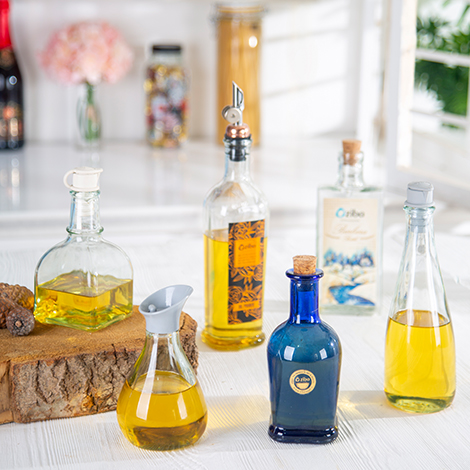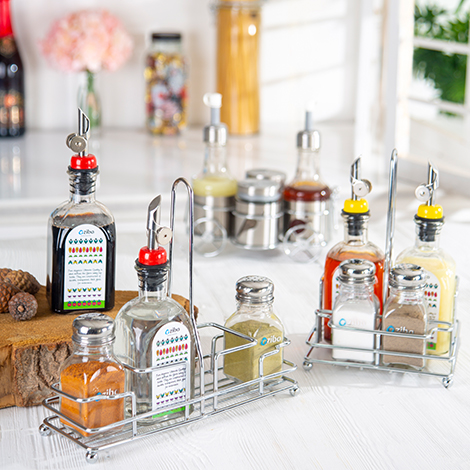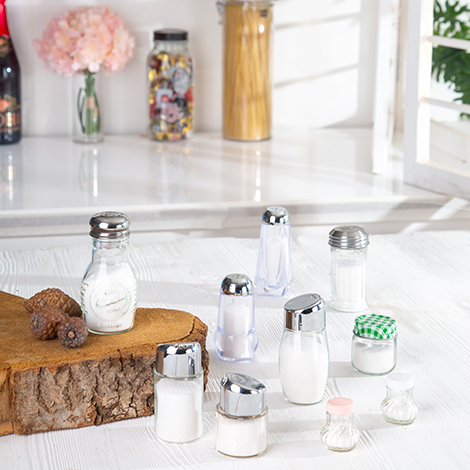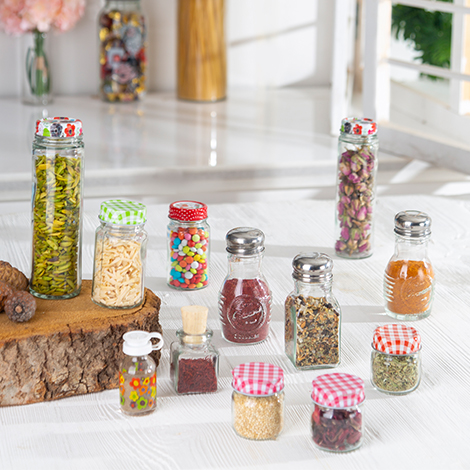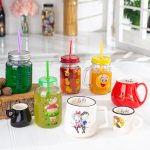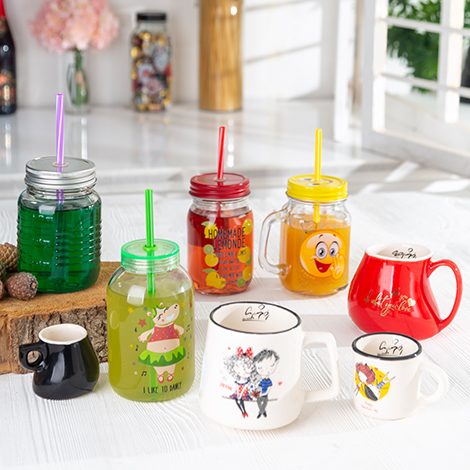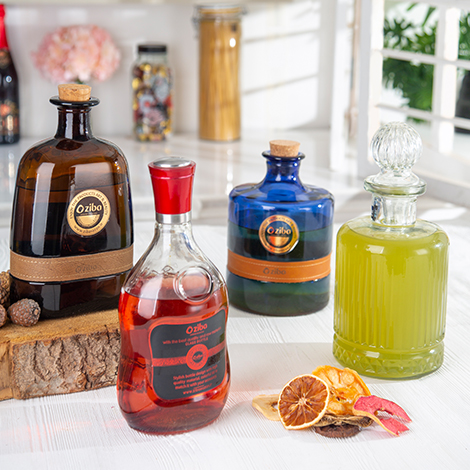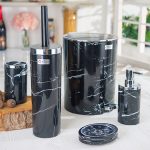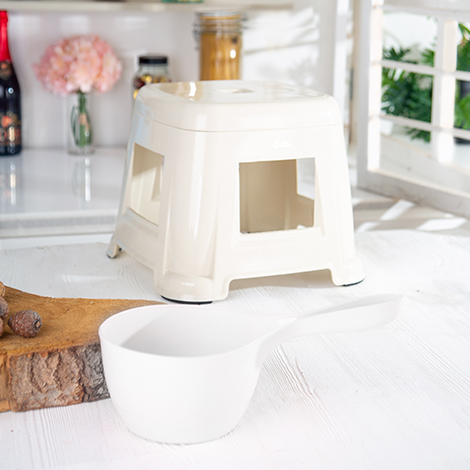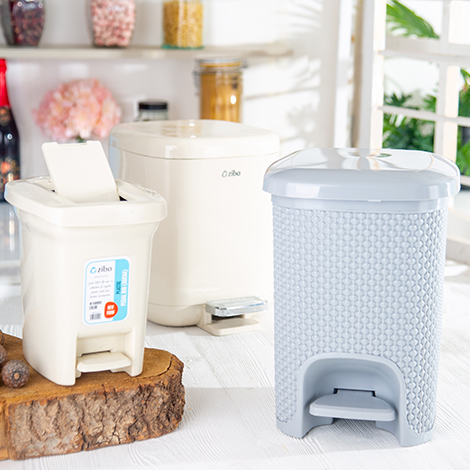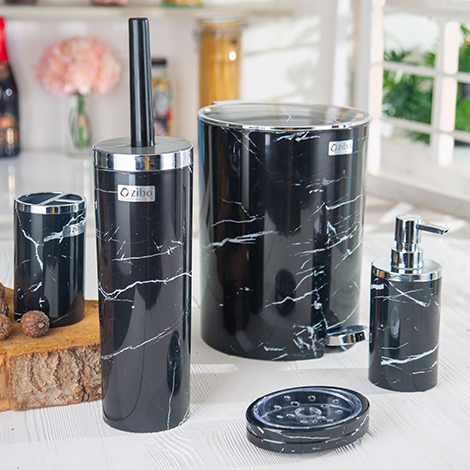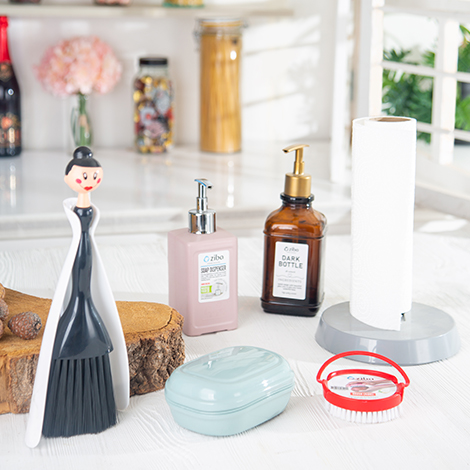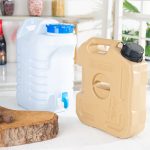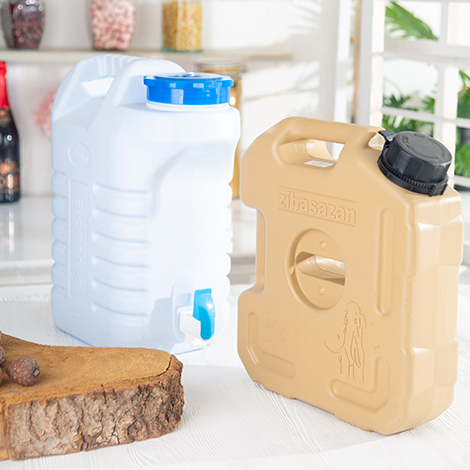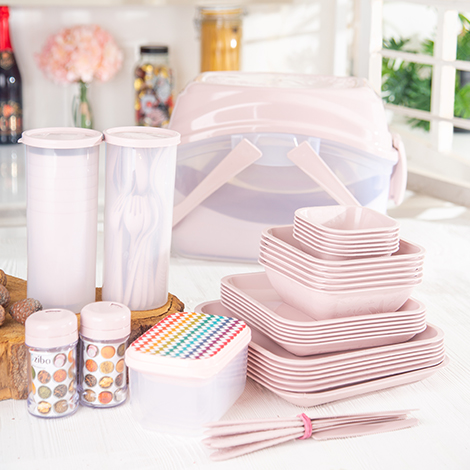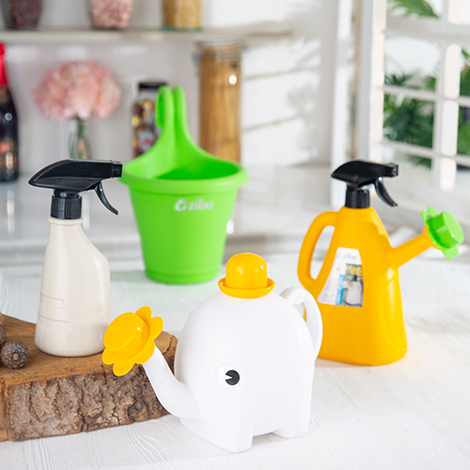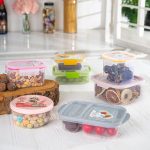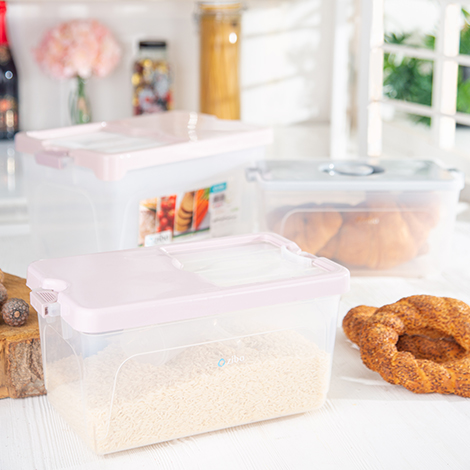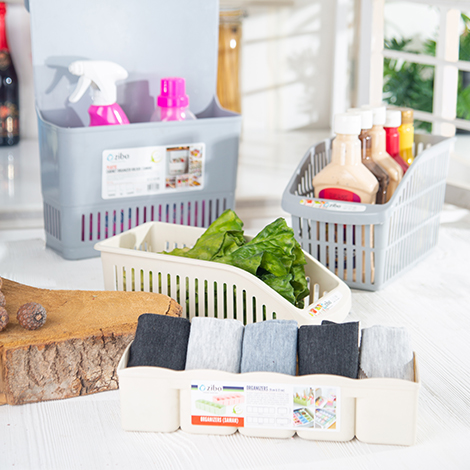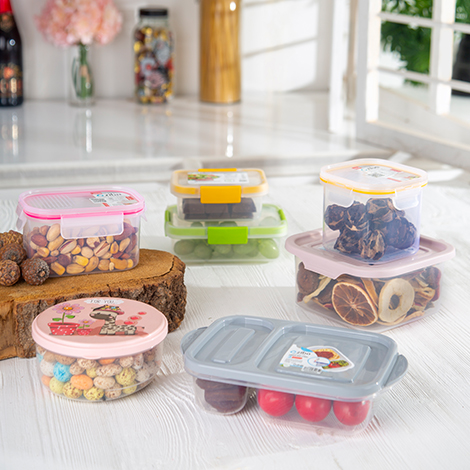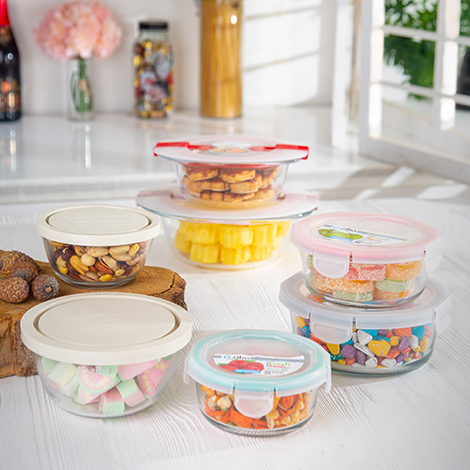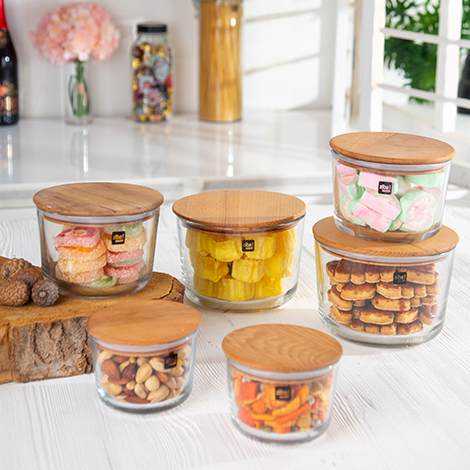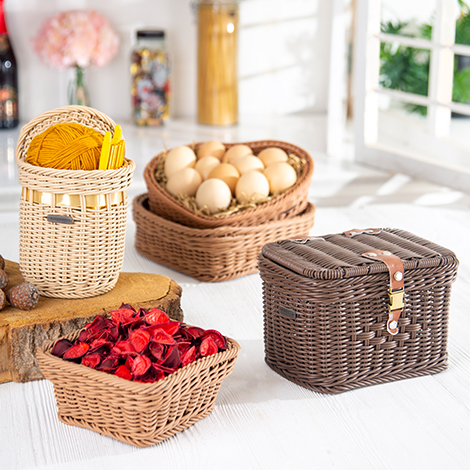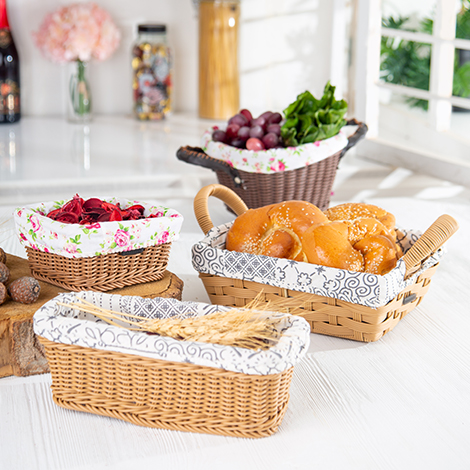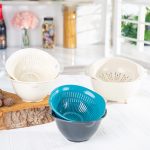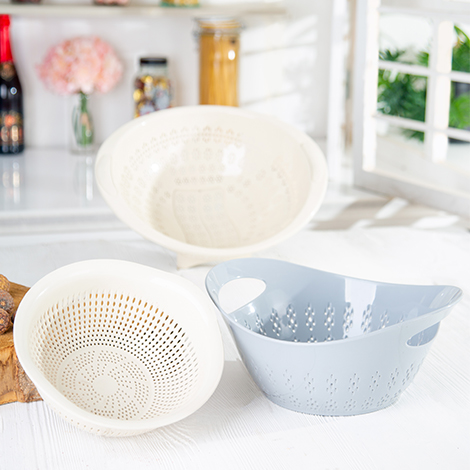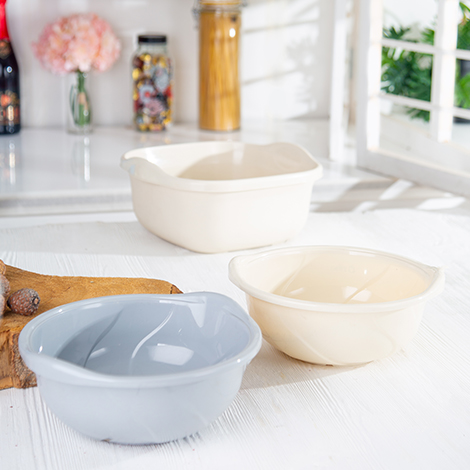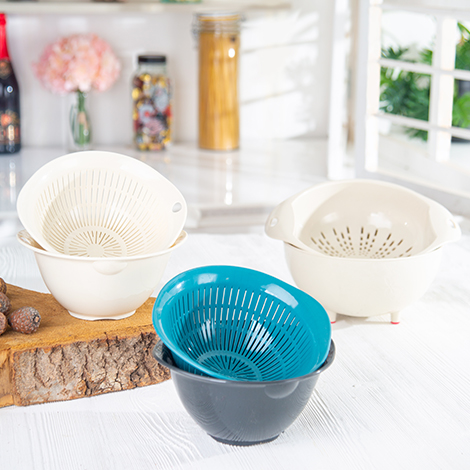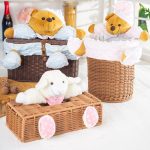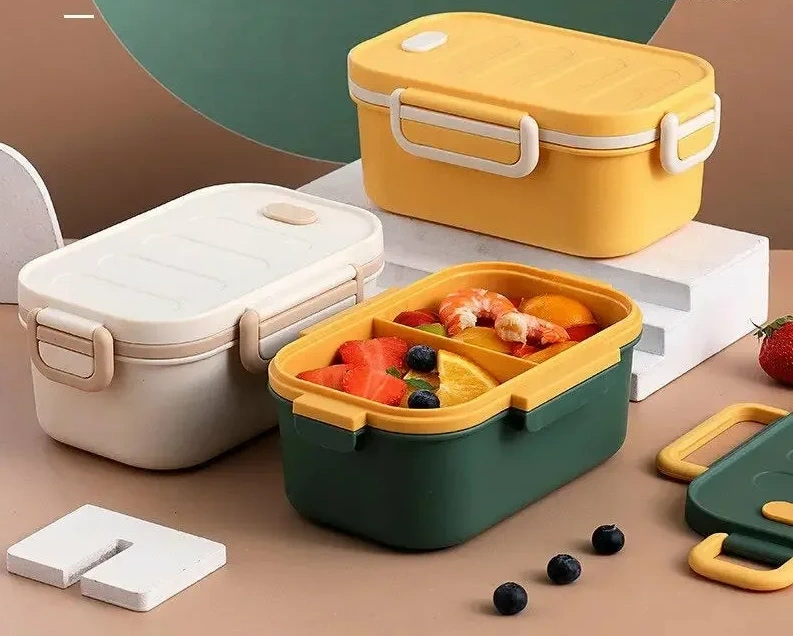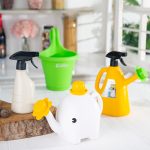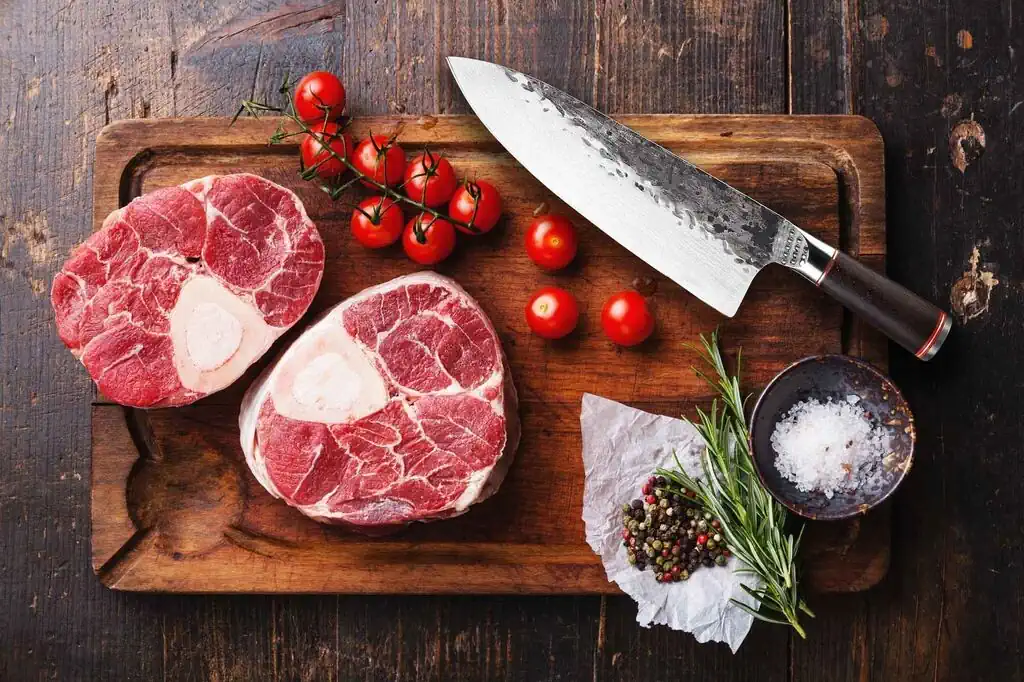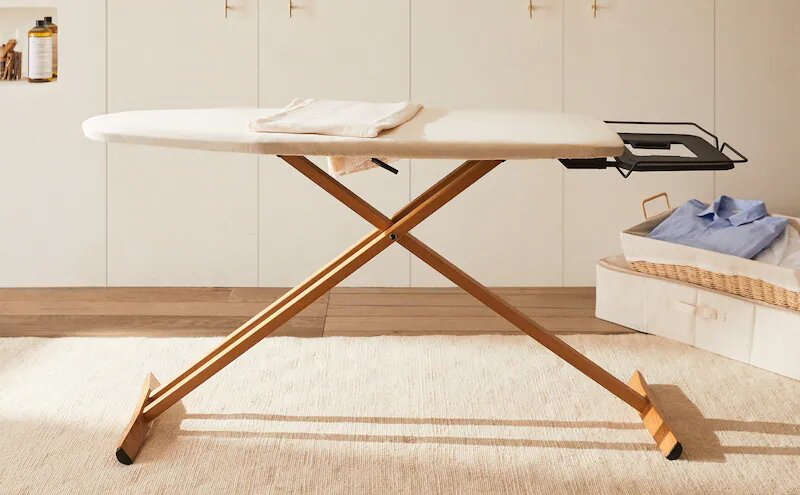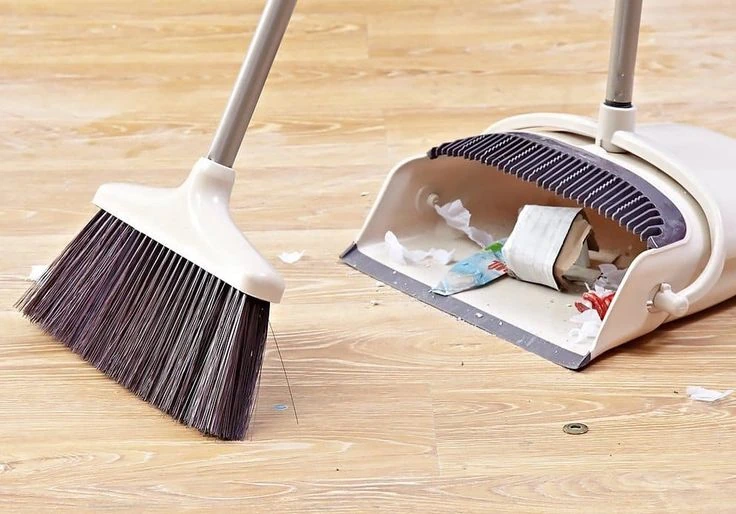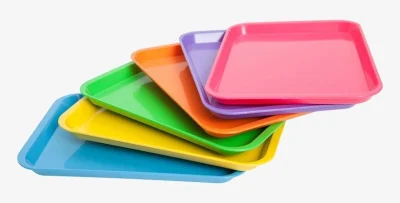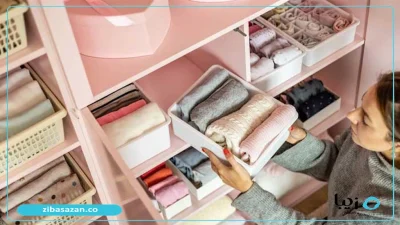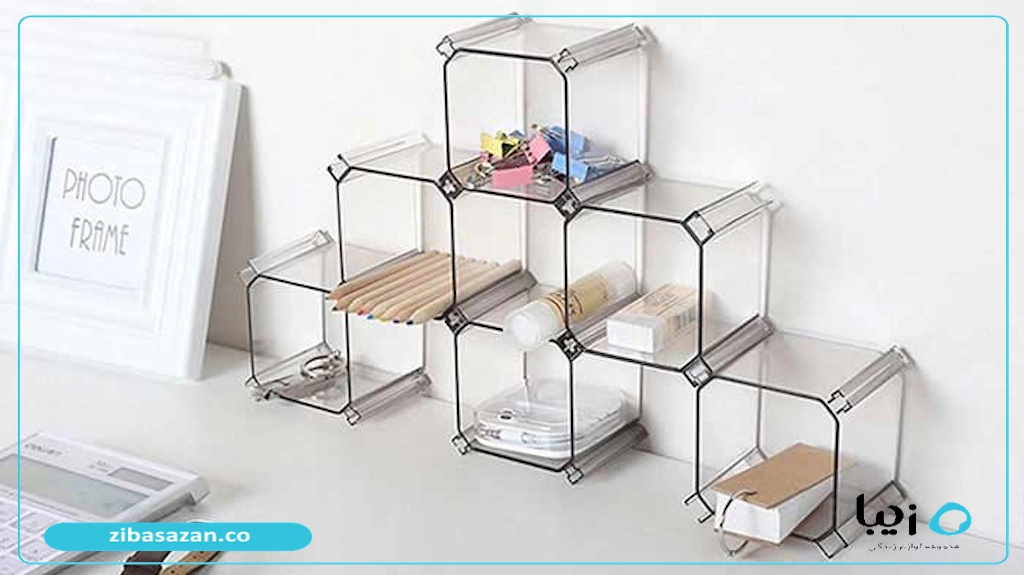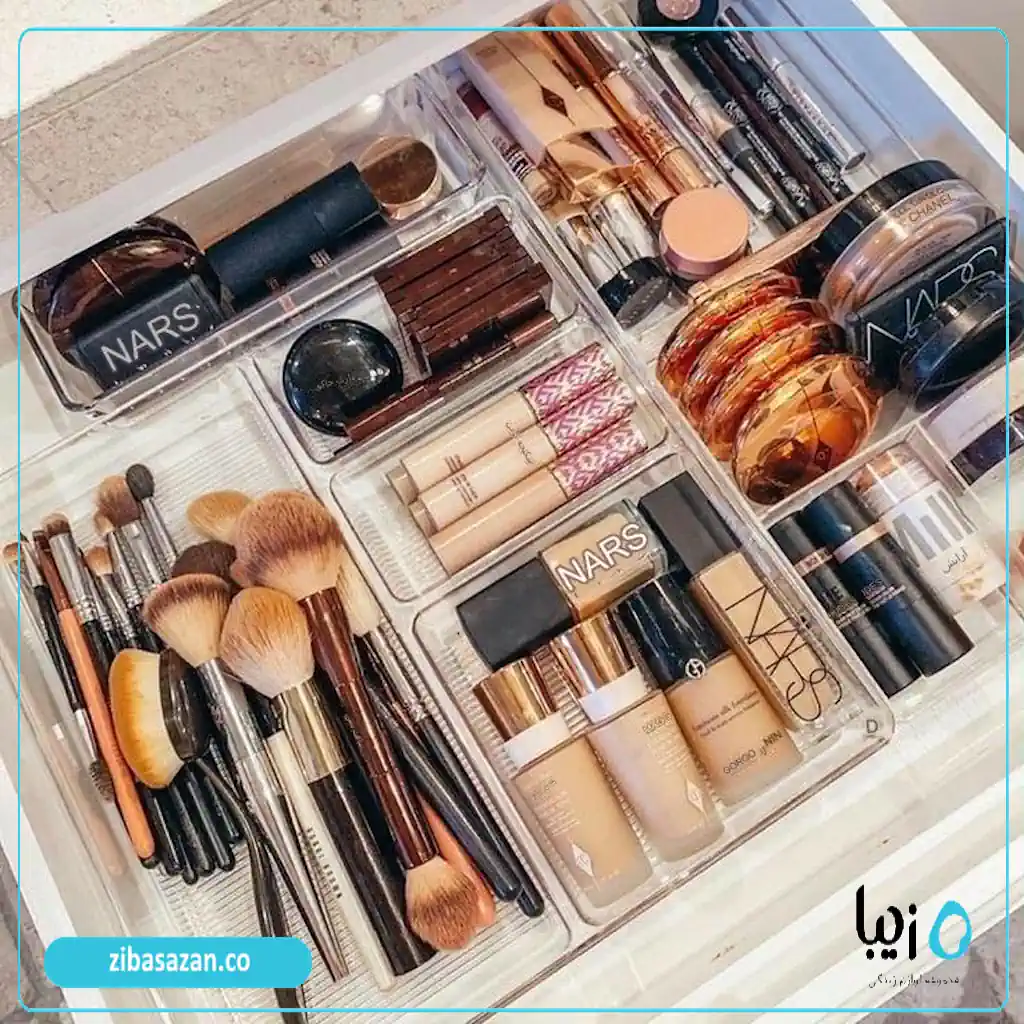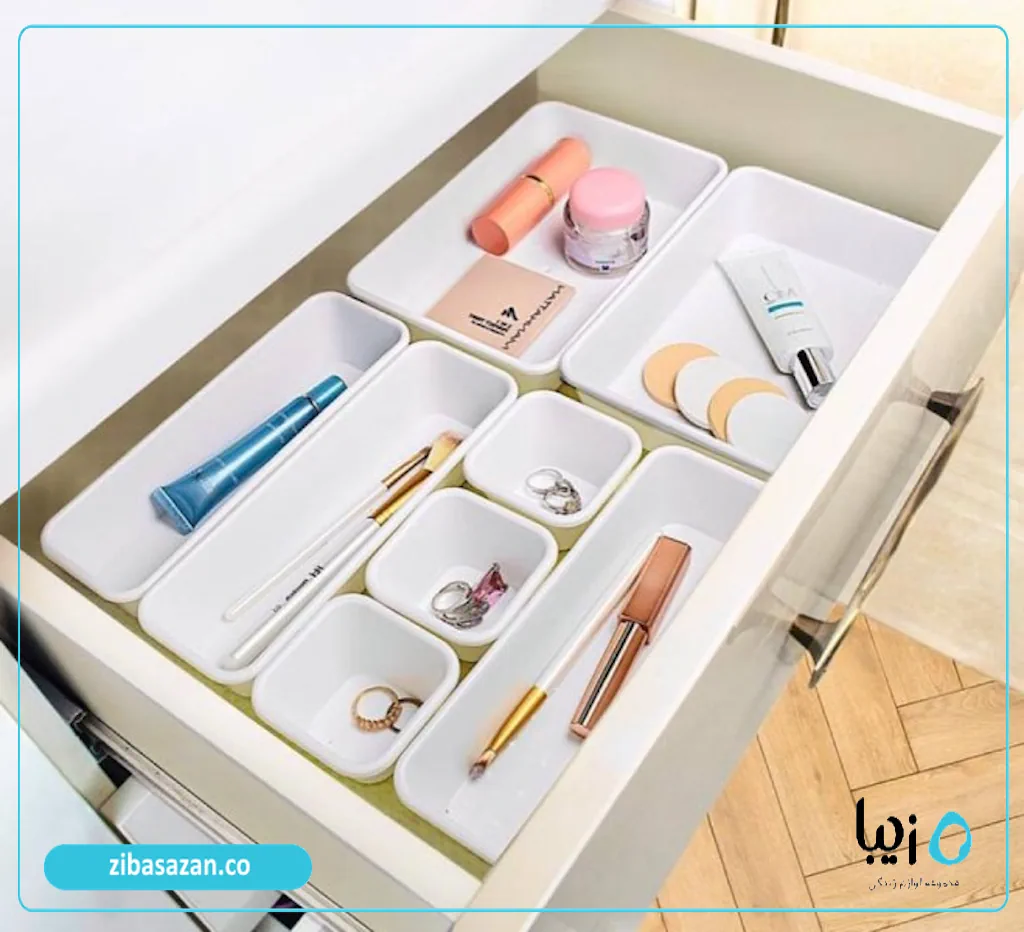Are you tired of messy spaces and overwhelming clutter? Looking for an efficient and budget-friendly way to organize your belongings?
Plastic organizers can be lifesavers for homes, offices, and any space that needs a touch of order. From kitchens and bedrooms to storage rooms and workshops, these simple yet practical tools help you keep everything in place and within easy reach.
But with so many shapes, sizes, and styles on the market, how do you choose the best plastic organizer that truly meets your needs? This comprehensive guide will help you make smart choices and bring more order—and peace of mind—into your everyday life.
Let’s dive in!
فهرست مطالب
- 1 Why Do You Need Plastic Organizers?
- 2 Types of Plastic Organizers You Can Buy
- 3 Key Factors to Consider When Choosing Plastic Organizers
- 4 Best Plastic Organizer Types for Every Space
- 5 Advantages of Using a Reusable Water Bottle for Sports and Travel
- 6 A picnic without plastic essentials? Impossible! 10 must-have items you shouldn't forget.
- 7 A complete guide to disinfecting and maintaining a toilet brush for a hygienic and odor-free home
- 8 Tricks that will transform your work desk; creative uses of plastic organizers.
- 9 Everything You Need to Know About Types of Plastic Kitchenware Materials
Why Do You Need Plastic Organizers?
In today’s fast-paced world, maintaining a tidy and organized space can significantly improve your productivity, peace of mind, and even mental well-being. Plastic organizers offer an easy, accessible solution to this modern-day challenge.
Imagine searching for one specific item among a sea of clutter—how much time and energy is wasted? Plastic organizers solve this problem by creating designated spaces for every item, saving you time, reducing stress, and maximizing space efficiency. Plus, they help protect your belongings from dust, moisture, and potential damage.
Types of Plastic Organizers You Can Buy
The world of plastic organizers is vast and varied. Knowing the different types can help you make more targeted purchases based on your specific needs. Here are some of the most popular types available:
1. Lidded Plastic Storage Boxes
These versatile containers are ideal for storing a wide range of items. The lid protects contents from dust and moisture, and their stackable design saves space. Available in various sizes and depths, they’re perfect for clothes, toys, tools, stationery, and more.
2. Plastic Baskets
Lightweight and breathable, plastic baskets are great for storing fruits, vegetables, laundry, or children’s toys. Their open design makes it easy to access contents quickly. With a variety of colors and styles, they can also double as decorative pieces in your home.
3. Plastic Shelves
These freestanding units provide a sturdy and lightweight solution for vertical storage. Easy to assemble without tools, they’re perfect for utility rooms, greenhouses, or balconies—ideal for storing cleaning supplies, gardening tools, or pots.
4. Small Plastic Organizers
These compact organizers are designed for small items and can be used in drawers, on desks, or inside bags. Think cutlery trays, pencil holders, drawer dividers, and mini jewelry boxes—ideal for keeping tiny items tidy and easy to find.
5. Plastic File Organizers
Designed to keep paperwork neat, plastic file organizers come with multiple compartments to protect documents from dust and physical damage. Perfect for desks, home offices, or schoolwork stations.
Key Factors to Consider When Choosing Plastic Organizers
Not all organizers are created equal. Here’s what to look for when shopping:
• Define Your Needs
Before you buy, get clear on what you’re organizing. Clothes? Toys? Office supplies? Pantry items? Your purpose will determine the type, size, and number of organizers you need. For example, large lidded boxes are better for seasonal clothes, while drawer dividers are great for office supplies.
• Measure Your Space
Take precise measurements of the space where you’ll place the organizer—height, width, and depth matter! An organizer that’s too big or too small can end up being useless or make the area look even messier.
• Material Quality
High-quality plastic should be durable, non-toxic, and ideally eco-friendly. Products made from recycled plastic can be both effective and environmentally conscious.
• Design and Usability
A good organizer is easy to use. Look for features like sturdy yet smooth lids, ergonomic handles, and stackable designs. These small details can make a big difference in everyday convenience.
• Clear vs. Colored
Transparent organizers allow you to see the contents at a glance—great for quick access. Colored ones, on the other hand, can add visual appeal and help categorize items by type or purpose.
• Easy to Clean
Since organizers are exposed to dust, moisture, or spills, it’s important they can be easily washed or wiped clean.
• Price & Budget
Prices vary depending on material, size, design, and brand. Set a budget before you shop and try to find the best balance between cost and quality.
Best Plastic Organizer Types for Every Space
- Kitchen: Go for plastic baskets, cutlery trays, and lidded containers to store food items and utensils.
- Bedroom: Use lidded boxes and hanging organizers for clothes, shoes, and accessories.
- Bathroom: Waterproof shelves and ventilated baskets are ideal for toiletries and bath toys.
- Workspace: Keep your desk tidy with file organizers and small desktop trays.
- Garage/Storage: Heavy-duty boxes and robust shelving units work best for tools and seasonal gear.
We hope this buying guide helps you find the perfect plastic organizer for your home or workspace. These affordable tools offer a practical solution to decluttering, creating an environment that’s more functional, stylish, and stress-free.
Remember to consider your needs, the dimensions of your space, material quality, usability, transparency, washability, and of course, your budget before making a purchase.
FAQs
Is it safe to use plastic organizers for food storage?
Yes, but always check for a “Food Grade” or “BPA-Free” label. These plastics are safe for storing food. Avoid using industrial or unknown recycled plastics for food-related purposes.
Are plastic organizers bad for the environment?
Plastic can be harmful due to its long decomposition time. However, choosing high-quality, long-lasting products and recycled plastic options can help minimize environmental impact. Responsible disposal and recycling after use are also crucial for sustainability.
